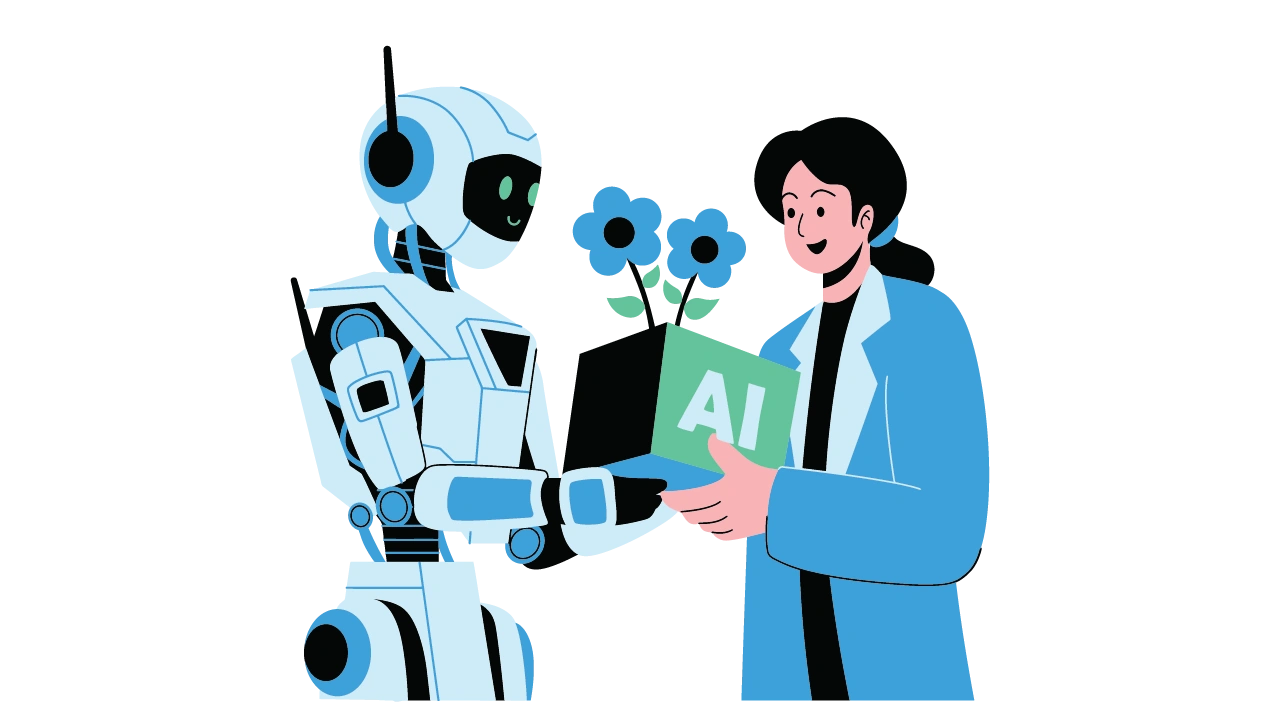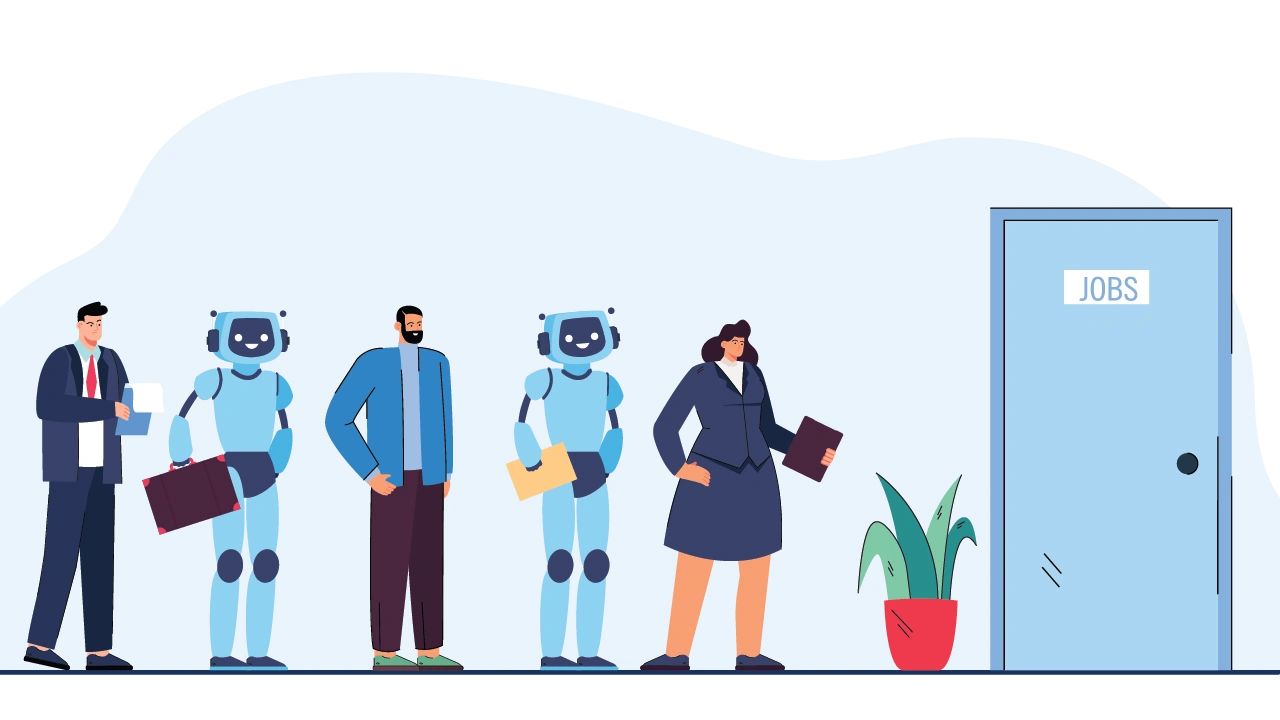


In a world where distributed teams are the norm rather than the exception, the role of culture is under the microscope like never before. Remote work has shattered traditional boundaries, offering flexibility and access to global talent—but it’s also exposed the brittle underpinnings of outdated workplace cultures.
For CXOs and People Leaders, scaling a high-performance culture remotely isn’t a matter of replicating in-office rituals on Zoom. It requires a complete mindset shift, backed by intentional strategy, digital infrastructure, and a relentless focus on human connection.
Welcome to your new playbook for building remote teams that are productive, engaged, and deeply aligned with your values.
Hybrid work promised the best of both worlds—but for many, it delivered confusion, inequity, and cultural decay. Teams feel disconnected. Leaders can’t “manage by walking around.” Informal interactions have vanished. The watercooler is dry, and Slack channels aren’t cutting it.
Legacy culture strategies—like all-hands meetings, annual offsites, or open-office layouts—don’t scale digitally. Worse, they exclude the silent majority of remote workers who aren’t in the office 2-3 days a week.
This isn’t just a communication gap. It’s a crisis of belonging, trust, and equity.
If your cultural strategy still relies on presence over performance, you’re operating on borrowed time.
Without proactive documentation and clear channels, remote teams fall into fragmented loops—teams over-communicate in some spaces (endless meetings) while critical knowledge gets buried elsewhere (in DMs, emails, or someone’s head).
The result? Misalignment, confusion, and decreased velocity.
Hybrid structures often privilege those who show up physically. Proximity bias leads to uneven access to leadership, visibility, and opportunities. Remote team members feel overlooked—even when their output is exceptional.
This fuels attrition and breeds resentment, especially across gender, race, and caregiving lines.
Culture isn’t ping-pong tables—it’s the feeling that "I matter here." When that disappears, productivity doesn’t just dip—it crashes.
Remote employees often report feeling invisible and disconnected from purpose, which directly impacts engagement, innovation, and retention.
To build a thriving remote culture, you need more than well-meaning perks. You need a repeatable, measurable, and human-centered system. Here’s how to architect it.
A high-performing remote team doesn’t wait for the next Zoom call to make progress.
Instead, they operate asynchronously —through documented decisions, shared workspaces, and clear communication protocols. This not only respects time zones and deep work, but also builds a culture of clarity, transparency, and trust.
Tactical Tips:
In the office, leadership presence was symbolic—“my door is always open.” Remotely, that’s meaningless unless leaders are visible, accessible, and intentional.
The new rule: Open calendars over open doors. Leaders must model digital transparency and accessibility.
Tactical Tips:
Culture isn’t built in meetings—it’s built between meetings. Without rituals, remote teams drift into transactional mode.
Build a culture of connection, recognition, and shared humanity.
Tactical Tips:
When people feel safe, seen, and celebrated, they bring their full selves to work.
Remote culture starts at the door. Not everyone thrives in distributed environments—and that’s okay.
But if you’re scaling remote, you must hire with intention.
Look beyond resumes. Hire for written communication skills, time management, tech fluency, and self-motivation.
Tactical Tips:
Culture is shaped by tools as much as values. Here’s the essential tech stack to support your remote blueprint:
You can’t improve what you don’t measure. Here’s what CXOs should track:
A quarterly pulse survey (via Culture Amp, Lattice) gives insight into how your team feels-not just how they perform.
Track turnover by team, tenure, and manager. High-performing cultures retain and promote their people.
Are employees showing up to voluntary culture programs? Who’s leading and who’s left out? Data reveals the health of inclusion and belonging—not just morale.
At Talent Synergy, we don’t believe in one-size-fits-all culture decks. We believe in data-driven, people-powered transformation.
Our Approach:
We begin by understanding your unique culture DNA—through surveys, sentiment analysis, exit interviews, and collaboration metrics.
We map culture against performance levers-from productivity to retention-so every ritual and value serves your business outcomes.
We help you embed your core values into daily workflows using AI nudges, personalized feedback, and smart recognition tools—so your culture becomes second nature.
For remote teams, culture isn’t what happens in the background. It is the product.
The experience of working with you—how decisions are made, how people are treated, how success is celebrated—is the culture.
And that culture either attracts talent or repels it. It drives performance or erodes it. It fuels belonging or fractures it.
As a CXO, you can no longer afford to "let culture evolve." You must design it. Scale it. Measure it. And live it—every day.
Let’s talk.
At Talent Synergy, we help organizations redesign culture to fit the future of work. Whether you're scaling fast or rethinking your hybrid strategy, we’re here to build your next-generation workplace—intentionally.
📩 Connect with us today for a free culture audit and strategy session.

In today’s rapidly evolving work landscape, the arrival of Agentic AI in the workplace is shifting the way teams function, decisions...

As artificial intelligence continues to reshape the workplace, a new frontier is emerging-one where human workers and AI agents...

The “Future of Work” is no longer a distant vision—it’s today’s reality. In 2025, global organizations are navigating a landscape...

In a world where distributed teams are the norm rather than the exception, the role of culture is under the microscope like never before...

We hear about AI everywhere - from headlines about job losses to promises of supercharged productivity...

In today's dynamic and often unpredictable business landscape, growth is the ultimate aspiration for small and mid-sized enterprises (SMEs)...